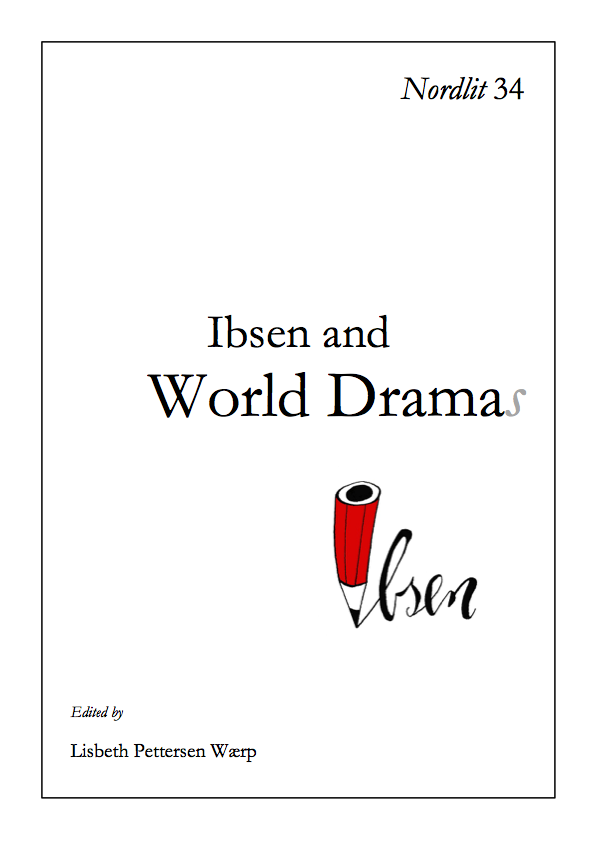The mystery of the "North of the North" in Ibsen's works
DOI:
https://doi.org/10.7557/13.3364Keywords:
North, North of the North, Norwegian school of history, immigration theory, Sami, Kvääni, sei∂, trolls.Abstract
It is an exaggeration to claim that several of the protagonists in Ibsen’s dramatic works are from the north, or have lived there. The few characters in Ibsen’s drama related to the North are, however, given a special emphasis in his works. They are, like the landscape and the light of the North, mysterious, strange, strong and untamed. Or they have been exiled, suppressed or forgotten – and then suddenly arrive unexpectedly and challenge the established order and open new tension and ambition.
Ibsen only visited Northern Norway once, on a trip to North Cape in 1891. His only experience of the “North” before that was actually of Central Norway, Trondheim and Molde. The North in Ibsen’s dramas is accordingly just fiction, imagination – and an expression of the general Southern Norwegian understanding of the “others” living in the North and the “otherness” of the North. Especially people from the North of the North, such as Finnmark, who represent a mysterious, bewitching and magic power, like Rebekka West in Rosmersholm and the foreign sailor in Lady from the Sea. This is explained by the magic nature of the North, such as the midnight sun, the Polar light or the overwhelming and irresistible winter storms over the sea.
But Ibsen has also given other clues for the understanding of the mysterious characters from Finnmark, the North of the North. These clues are related to the cultural otherness of the characters as Sami and Kvääni.









